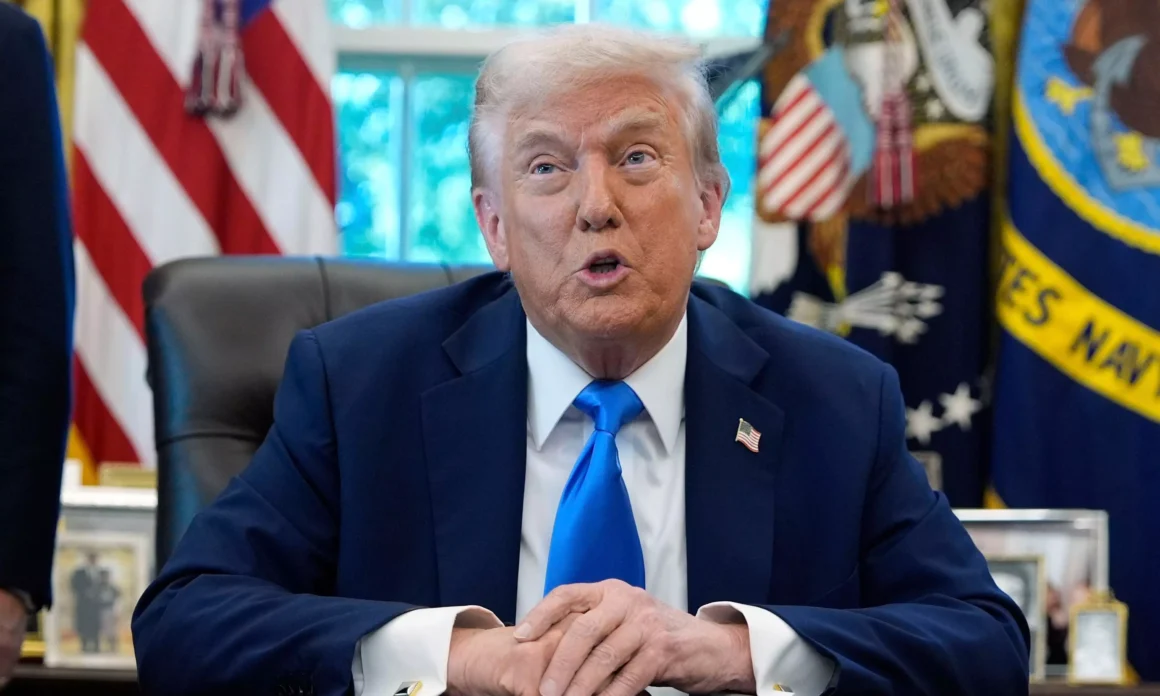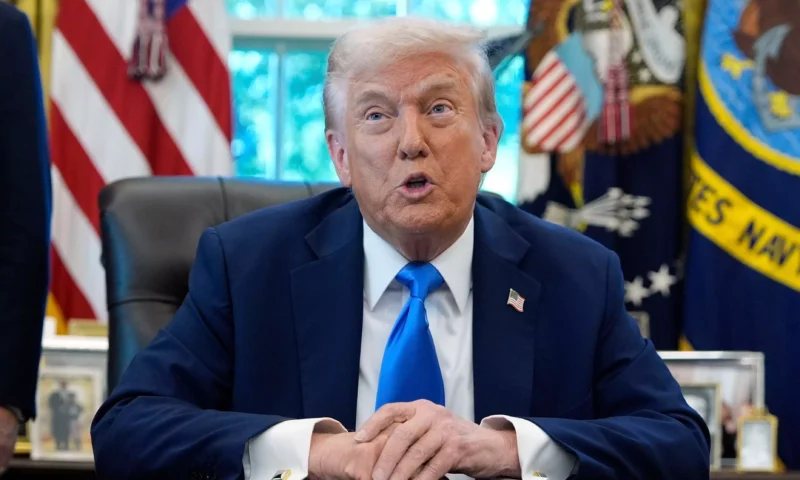
Trump tariffs 2025 are a bold gamble to strengthen U.S. manufacturing but could spark global trade tensions and higher costs for Americans.”
On September 25, 2025, former U.S. President Donald Trump announced a landmark trade policy decision that will take effect on October 1, 2025. The announcement introduces a sweeping set of tariffs targeting key sectors of imports into the United States. These measures aim to strengthen U.S. manufacturing, reduce reliance on imports, and address perceived imbalances in trade.
The Trump tariffs 2025 announced include:
- 100% tariff on imported branded or patented pharmaceutical products unless the company invests in building manufacturing facilities in the United States. This is intended to stimulate domestic production of essential medicines and reduce dependency on foreign pharmaceutical supply chains.
- 25% tariff on imported heavy-duty trucks to bolster the U.S. trucking industry and encourage local manufacturing.
- 50% tariff on imported kitchen cabinets and bathroom vanities to protect domestic cabinet manufacturers.
- 30% tariff on imported upholstered furniture to support the local furniture industry.
The Trump administration framed these measures as a decisive step toward economic independence. Officials emphasized that these tariffs would create job opportunities, spur investment in manufacturing, and strengthen the U.S. economy.
Reactions to the Announcement Trump tariffs 2025
The announcement has provoked a range of responses from industry experts, business leaders, and international trade partners:
- Pharmaceutical Industry: Strong opposition emerged, with leading companies warning that a 100% tariff could lead to drastic increases in drug costs. Health policy experts highlighted concerns that such a measure could limit patient access to critical medicines and create strain in healthcare delivery systems.
- Automotive and Trucking Industry: Stakeholders expressed concern over increased costs, supply chain disruptions, and the potential loss of competitiveness in the global market.
- Furniture and Home Goods Industry: Industry bodies expressed worries about cost increases for consumers, potential layoffs, and challenges to sourcing materials.
- International Reaction: Several trade partners signaled strong disapproval, warning that these tariffs could spark retaliatory measures. Countries affected by the tariffs indicated they might respond with counter-tariffs, raising the risk of escalating trade conflicts.
Economic Implications:
Economic analysts caution that these tariffs could trigger inflationary pressures, higher consumer costs, and potential disruption to global trade flows. While the administration aims to encourage domestic production, the short-term impacts may include price increases for consumers and manufacturers.
What Will Happen:
From October 1, 2025, these Trump tariffs 2025 will officially be implemented. Businesses reliant on imports will face immediate cost adjustments, leading many to consider reshaping their supply chains or increasing domestic production. Consumers can expect higher prices for pharmaceuticals, heavy trucks, furniture, and kitchen fittings. In the long term, these tariffs could reshape the manufacturing landscape in the U.S., potentially bringing some sectors back to domestic production while straining others.
Decision Outcome:
Trump’s tariffs 2025 are designed to push industries toward domestic manufacturing and economic self-reliance. However, the measure carries significant risks, including higher costs, trade retaliation, and global supply chain disruption. The real impact will depend on industry adaptation and the response from U.S. trade partners.
FOR MORE BLOGS – beyondthepunchlines.com

 Add to favorites
Add to favorites






